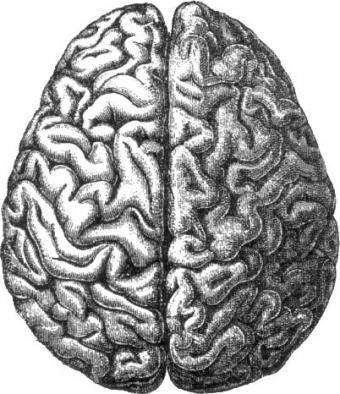PROVIDENCE, R.I. [Brown University] — When people have a stroke, doctors can often bust the clot by administering intravenous thrombolytic therapy with recombinant tissue plasminogen activator (rtPA) within the first four and-a-half hours. Sometimes, though, that treatment has a serious complication: a symptomatic intracerebral hemorrhage (sICH).
To try to save patients with the complication, doctors have tried a variety of methods, but there hasn’t been much evidence about whether they work. In a new study in JAMA Neurology, a team led by Dr. Shadi Yaghi, assistant professor of neurology, analyzed data from 10 stroke centers across the country between 2009 and 2014 to investigate the treatment and outcome of sICH.
Among 3,894 patients treated with rtPA, 128 — 6 percent — ended up with sICH. About 50 percent of patients with sICH die.
“This study included 128 patients and showed that the treatments used were not effective in improving the mortality related to this condition,” Yaghi said.
The results don’t necessarily mean that some of the treatments aren’t helpful, however. It may be that they weren’t provided quickly enough to work.
“We found significant delays in the time to diagnosis and treatment for sICH, which could explain the lack of efficacy of these treatments,” Yaghi and co-authors wrote.
“Therefore,” he added, “collaborative efforts from stroke centers nationwide are needed to investigate treatment strategies that improve the outcome of this life-threatening complication.”

